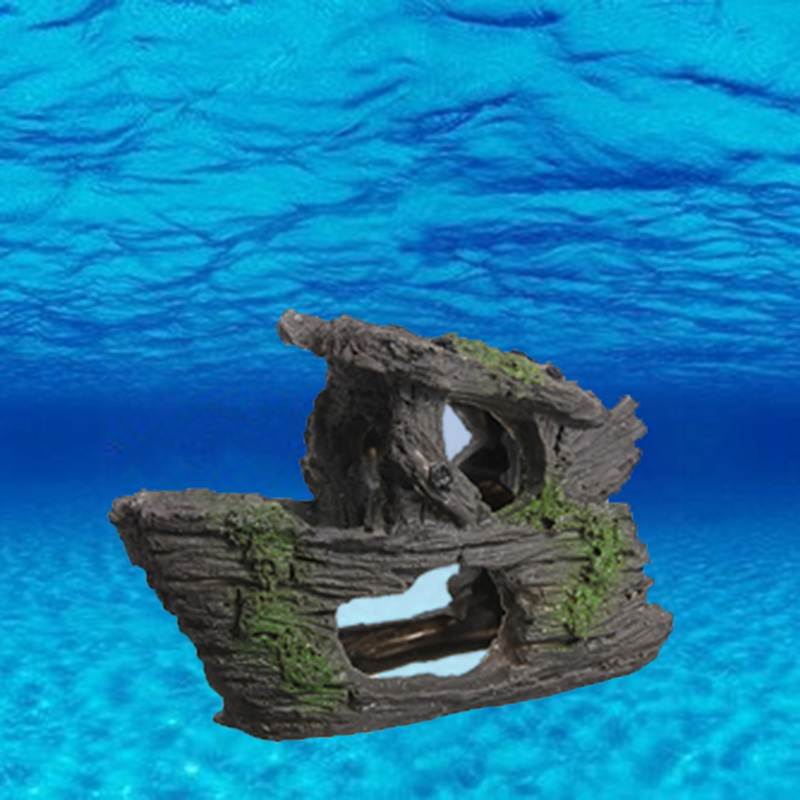

Inline heaters are quite popular among aquarists due to them not taking up any tank space. Tweak the filter’s power accordingly and plant your plants at a safe distance to prevent that.

The filter may suck in the plant’s leaves and get clogged or simply perform poorer. Just be careful about the type of plants you’re using and their proximity to the filtration system. It may not be perfect since the equipment may be partially visible behind the plants, but it will greatly diminish the heater and filter’s visual prints. So, you can use taller and richer background plants to cover both of them in one go. Your heater will most likely be attached to the filtration system. This appears to be the most intuitive solution because it’s simple and it works. The heater is an important piece of equipment because it prevents temperature fluctuations throughout the day.īut the tank’s aesthetics are also important, albeit not as much, but still.
Aquarium hides how to#
Today, we will discuss how to achieve that since the endeavor is a mix of science and art. How to solve the problem? Easy – you hide them. So, they disrupt the habitat’s visual harmony because of it. The problem is that some heaters are large, bulky, and lack any aesthetic value. It’s even vital in many of them, based on the system’s layout, whether there are any plants, the fish’s temperature requirements, and many other factors. 27 August 2019.A sound heating system is necessary for all aquatic setups.
Aquarium hides professional#
Once you are able to monitor these levels, you can more easily regulate your aquarium to keep everything inside of it healthy! X Expert Source Doug LudemannĪquarium Care Professional Expert Interview. There are monitors that you can buy for a low cost that will test the water for you. CO2 and pH levels are linked mathematically, but you don't have to be a math whiz to keep your plants and fish healthy. Monitor the CO2 levels and pH of the aquarium to maintain a good aquatic environment.If you have a high-light tank, it’s good to include more CO2 because light speeds up photosynthesis, meaning that your plants will convert CO2 to oxygen more quickly. A CO2 pump provides the plants with more CO2, which they absorb and convert to oxygen.

Liquid fertilizer is great for plants that are not rooted in the substrate, such as those tied to rocks.


 0 kommentar(er)
0 kommentar(er)
